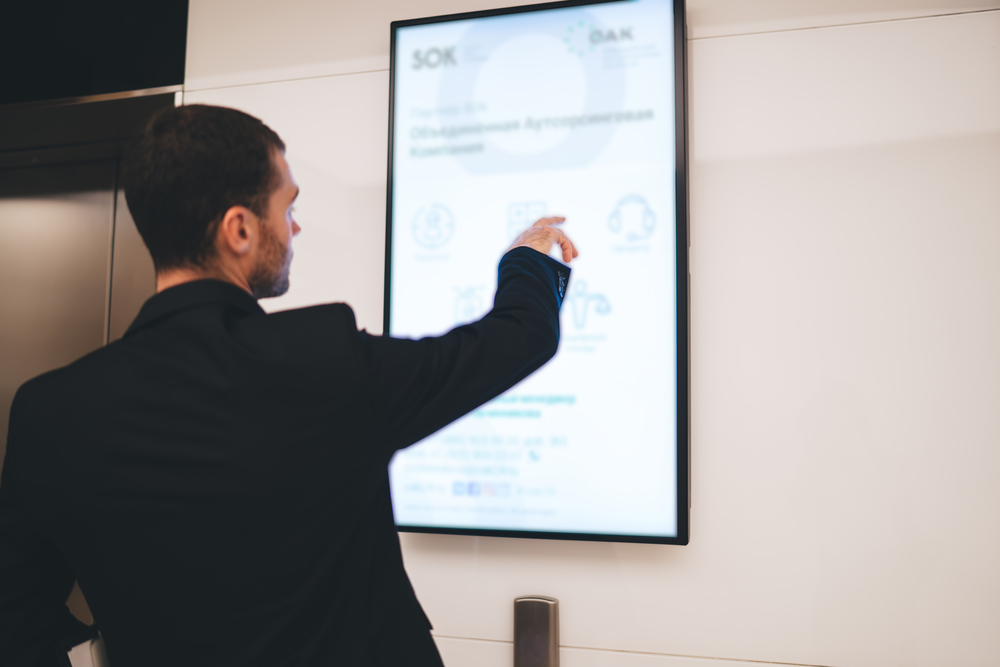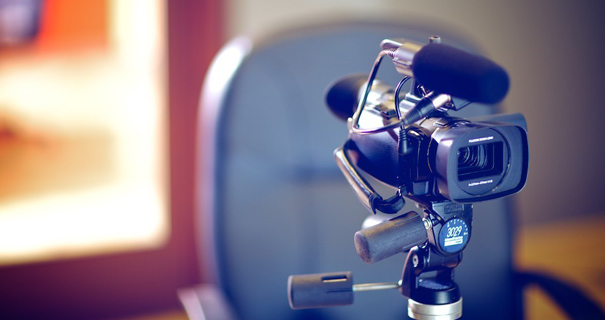How Trial Presentations Help Attorneys Effectively Convey Legal Arguments
How Trial Presentations Help Attorneys Effectively Convey Legal Arguments
Blog Article
The Power of Visuals in Trial Presentations for a Winning Argument
The combination of visuals in test presentations has emerged as an essential factor in successfully connecting intricate disagreements to jurors. By utilizing numerous kinds of aesthetic help-- be it diagrams, photographs, or animations-- attorneys can enhance understanding and retention, inevitably forming the jury's perception of the case.
Relevance of Visuals in Trials
In lots of lawful settings, visuals play a critical role in improving the performance of test discussions. The integration of visual elements can substantially impact jurors' understanding and retention of intricate information, consequently shaping their perceptions and decisions. Visuals, such as charts, diagrams, and photographs, can streamline complex stories, making them much more accessible and compelling.
Furthermore, the human mind procedures aesthetic details a lot more successfully than message, which highlights the relevance of including visuals right into legal debates. By converting dense lawful ideas into visual formats, lawyers can promote clearer interaction, making certain that bottom lines are not overlooked throughout tests.
In addition, visuals serve to involve jurors on a psychological degree, promoting a connection to the instance that words alone may fail to accomplish. The tactical use visuals can evoke compassion, prompting jurors to consider the human elements of the instance.
Eventually, the significance of visuals in tests hinges on their capacity to boost clarity, enhance juror engagement, and reinforce the narrative existing. This potent mix is essential for crafting influential arguments that resonate with jurors and affect the outcome of lawful process.
Sorts Of Visuals to Use
Reliable trial discussions can greatly gain from a range of aesthetic tools that satisfy various facets of the situation. trial presentations. Using representations and graphes can properly damage down intricate information, making it extra absorbable for jurors. As an example, flowcharts can highlight the sequence of events, while bar charts might succinctly compare relevant data points.

Animations and simulations can also play a vital role, especially in situations including technical information or elaborate situations. These visuals can dynamically represent processes or actions, supplying clarity and involvement that fixed pictures might not accomplish.
Moreover, infographics integrate text and visuals to summarize crucial details efficiently. They can present timelines, statistics, and considerable instance points in an aesthetically appealing fashion, making it less complicated for jurors to follow the disagreement.
Enhancing Understanding and Retention

Enhancing comprehension and retention during test discussions is crucial for ensuring that jurors realize the her latest blog crucial aspects of a case. Aesthetic help function as effective devices in this regard, translating intricate info into conveniently digestible layouts. By using charts, layouts, and infographics, attorneys can streamline complex data and emphasize bottom lines that might otherwise be forgotten.
Research studies have actually shown that people maintain information dramatically better when it exists visually. This is specifically essential in a trial setting, where jurors might be overwhelmed by the quantity of evidence and statement. By strategically integrating visuals, attorneys can guide jurors' focus to the most essential elements of the instance, strengthening their understanding and memory of the material provided.

Developing Engaging Discussions
Captivating jurors' focus during test discussions is necessary for conveying an engaging story. Engaging discussions leverage visual components to create a remarkable experience that resonates with jurors. The critical use of graphics, animations, and video clips find out here can elucidate complicated details, making it much more obtainable and relatable.

In addition, integrating narration techniques can boost engagement. Offering evidence in a rational series that develops psychological appeal enables jurors to get in touch with the material on an individual level. Diverse discussion formats, such as integrating brief video clips or interactive aspects, can also suffer passion and attention throughout the trial.
Inevitably, an engaging presentation cultivates a more profound understanding of the situation, making it possible for jurors to better appreciate the disagreements existing and resulting in a much more desirable outcome.
Situation Researches and Success Stories
Countless study highlight the substantial impact of visuals in trial presentations, showing their capacity to affect juror assumptions and ultimately the outcomes of situations. For instance, a remarkable instance involving an accident claim illustrated exactly how using a 3D animation of the mishap scene cleared up intricate information. Jurors reported really feeling more educated and compassionate, considerably swaying their decision for the complainant.
In an additional circumstances, a business litigation situation utilized infographics to present economic information and timelines, making complex info easily accessible. The visual representation enabled jurors to realize the subtleties of the situation better than spoken descriptions alone. trial presentations. Consequently, the jury returned a judgment that went beyond the client's expectations
The compelling visuals not just helped in developing doubt yet also reverberated emotionally with jurors, leading to a pardon. These success stories highlight the need of incorporating visuals into trial discussions, as they improve understanding, retention, and inevitably, the persuasive power of lawful arguments.
Final Thought
In conclusion, the calculated unification of visuals in trial discussions significantly improves jurors' understanding and retention of complex info. By making use of various sorts of visuals, lawyers can effectively clear up vital points and foster emotional links with the target market. Engaging presentations, sustained by engaging case studies, show the extensive influence that visuals can have on convincing interaction. Inevitably, the power of visuals acts as a crucial aspect in attaining favorable trial outcomes.
Report this page